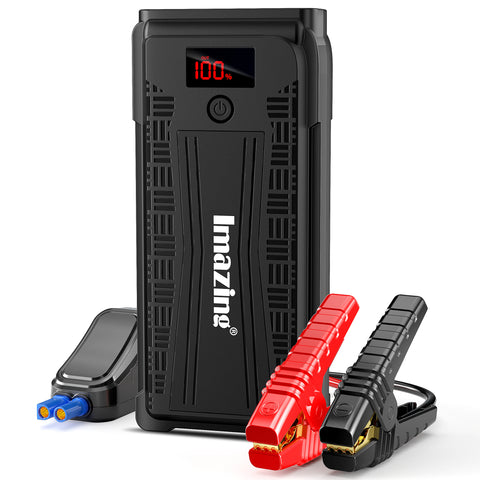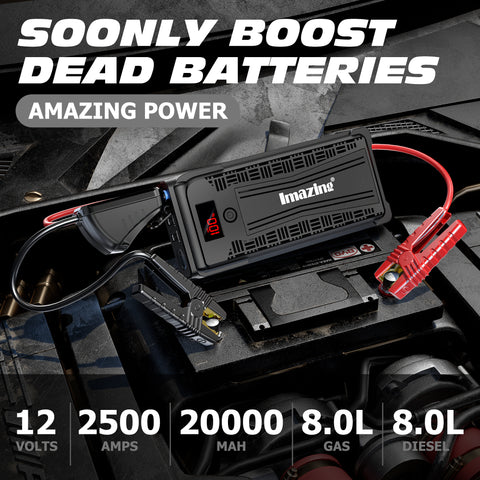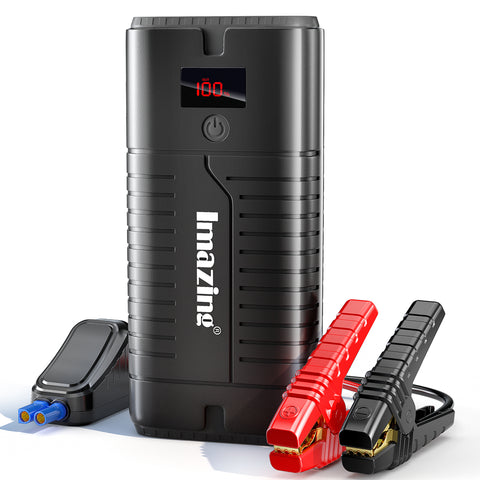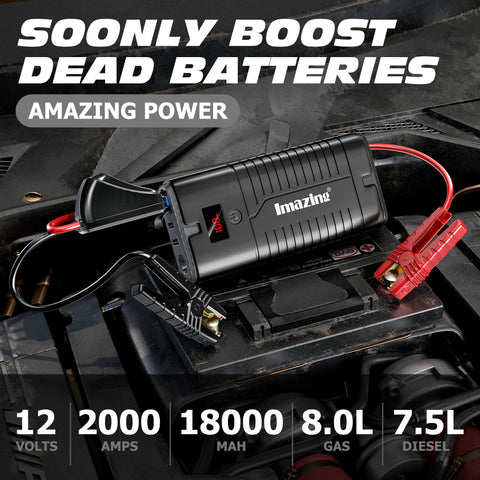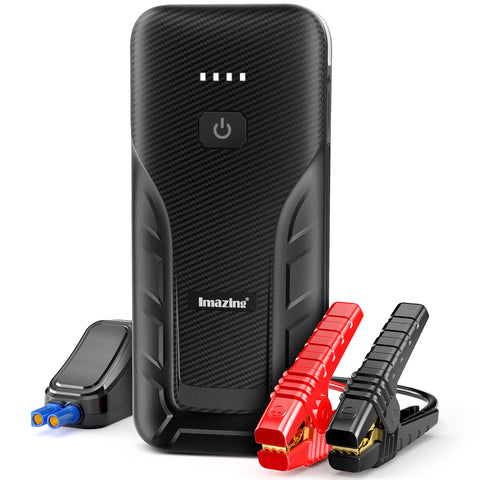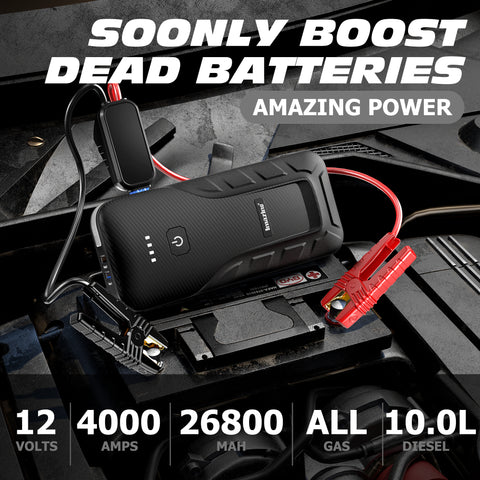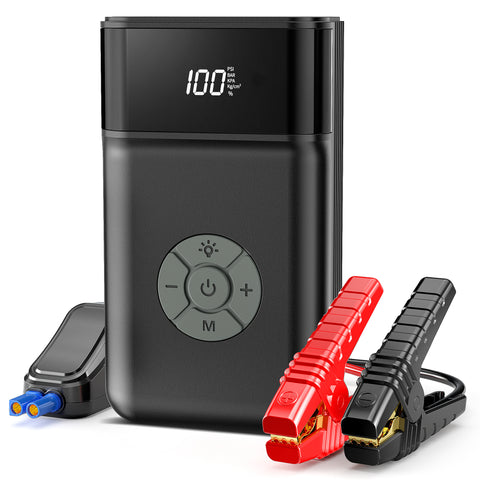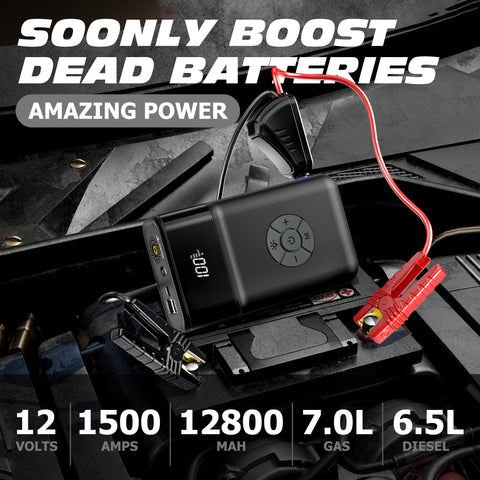What are the chemicals involved and how much do manufacturers use to actually make the battery?
Car batteries use chemical reactions to supply electrical currents. the standard lead-acid accumulator is much a lot of complicated than you would possibly suppose, consisting of many completely different chemical compounds and electrical circuits. that chemicals area unit accountable for changing their energy into the electrical charges that truly create a automotive run?
Traditional Lead-Acid Batteries:
Gas-powered vehicles area unit most ordinarily outfitted with what area unit referred to as “lead-acid” batteries. These batteries area unit cost-effective and have a comparatively high power-to-weight magnitude relation that makes them good for commercially made vehicles. Lead-acid batteries comprises (at least) 2 lead plates separated by a chemical resolution usually product of 30-50% oil of vitriol, a.k.a.
When the battery is discharged, electrons move through the answer from the charged plate to the positively-charged plate. If the battery has become absolutely discharged (“dead”) then each plates can became lead sulphate, separated by an answer of water.
Electric Vehicle Batteries:
Electric vehicle batteries area unit way more varied than those employed in ancient fuel-powered vehicles. though some EVs area unit still created to run on lead-acid batteries, method improvement within the production of differents area unit creating them a a lot of viable alternative.
Lithium-ion batteries area unit maybe the foremost promising. These batteries comprises a metal Co compound cathode paired with a black lead anode. The addition of chemical substances like phosphates and titanates has been shown to elongate the time period of lithium-ion batteries; likewise, chemicals like metal metal compound and Si area unit frequently being tested for his or her use in up energy density.
Nickel-Metal binary compound batteries area unit a mature technology. they need a really high energy density. The metal portion of the conductor is created from several substances, from atomic number 60 to metal to Ce. alternative commonly-used metals embrace nickel (hence the name), cobalt, aluminum, and metallic element. The solution employed in these reasonably batteries is alkalescent, usually potash.
Traditional Lead-Acid Batteries:
Gas-powered vehicles area unit most ordinarily outfitted with what area unit referred to as “lead-acid” batteries. These batteries area unit cost-effective and have a comparatively high power-to-weight magnitude relation that makes them good for commercially made vehicles. Lead-acid batteries comprises (at least) 2 lead plates separated by a chemical resolution usually product of 30-50% oil of vitriol, a.k.a.
When the battery is discharged, electrons move through the answer from the charged plate to the positively-charged plate. If the battery has become absolutely discharged (“dead”) then each plates can became lead sulphate, separated by an answer of water.
Electric Vehicle Batteries:
Electric vehicle batteries area unit way more varied than those employed in ancient fuel-powered vehicles. though some EVs area unit still created to run on lead-acid batteries, method improvement within the production of differents area unit creating them a a lot of viable alternative.
Lithium-ion batteries area unit maybe the foremost promising. These batteries comprises a metal Co compound cathode paired with a black lead anode. The addition of chemical substances like phosphates and titanates has been shown to elongate the time period of lithium-ion batteries; likewise, chemicals like metal metal compound and Si area unit frequently being tested for his or her use in up energy density.
Nickel-Metal binary compound batteries area unit a mature technology. they need a really high energy density. The metal portion of the conductor is created from several substances, from atomic number 60 to metal to Ce. alternative commonly-used metals embrace nickel (hence the name), cobalt, aluminum, and metallic element. The solution employed in these reasonably batteries is alkalescent, usually potash.
